OpenAI's GPT embedding models are used across all LlamaIndex examples, even though they seem to be the most expensive and worst performing embedding models compared to T5 and sentence-transformers models (see comparison below).
How do I use all-roberta-large-v1 as embedding model, in combination with OpenAI's GPT3 as "response builder"? I'm not even sure if I can use one model for creating/retrieving embedding tokens and another model to generate the response based on the retrieved embeddings.
Example
Following is an example of what I'm looking for:
documents = SimpleDirectoryReader('data').load_data()
# Use Roberta or any other open-source model to generate embeddings
index = ???????.from_documents(documents)
# Use GPT3 here
query_engine = index.as_query_engine()
response = query_engine.query("What did the author do growing up?")
print(response)
